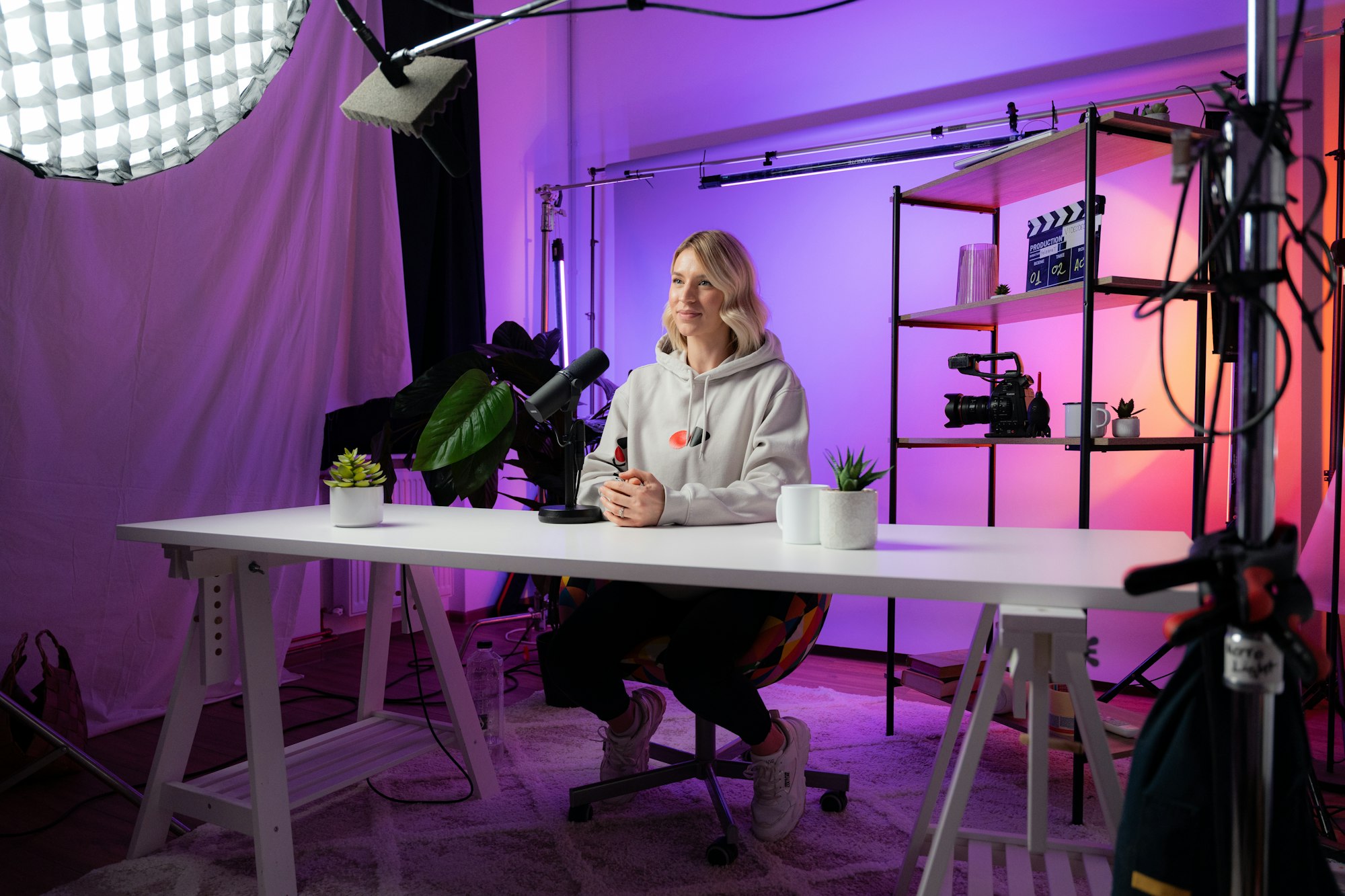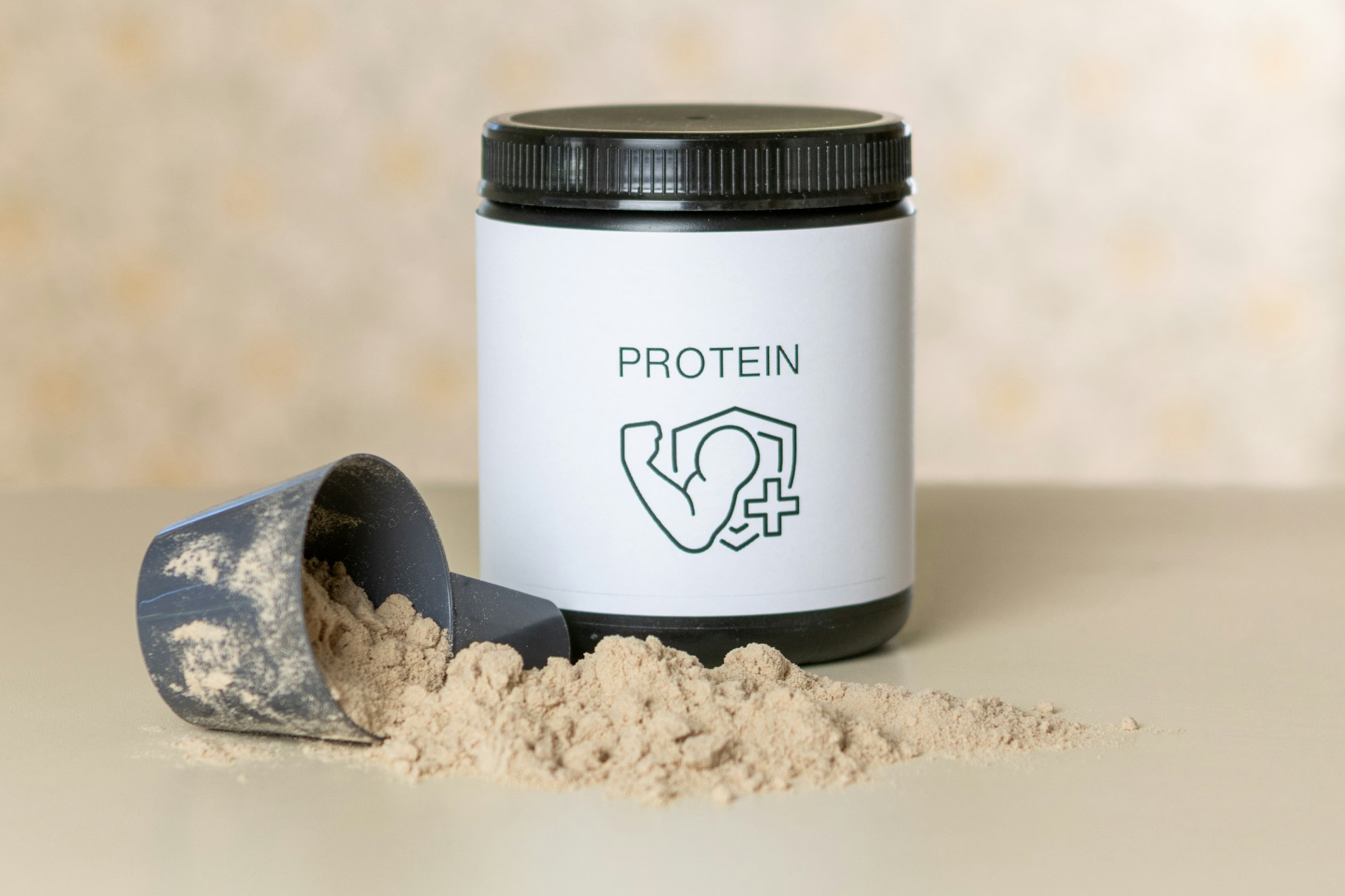What's in the portfolio that helped me land a full-time UX writing job
From customer service and translation to product writing and usability testing, here's how I used my projects to tell my own story.

Creating a portfolio has to be one of the most energy-consuming tasks for UX writers on the job hunt, especially for the perfectionists among us.
It's not just about selecting the right number of projects, outlining your process step by step, creating a narrative with copy and visuals, and explaining how you contributed to the outcome. That's daunting enough in itself.
Every project needs to show why you're the right fit for the job. Then, the portfolio as a whole should paint the picture of who you are as a UX writer. That's no easy feat. To top it all off, you have a minute or so to catch the hiring manager's attention.
In this post, I'll share what's in the portfolio I created to tell my own story as an up-and-coming UX writer. I'll link each project I included, so you can see for yourself.
Although it took a while for it to get noticed by the right people, the effort earned me recognition from both recruiters and generous coworkers, and it ultimately helped me land a full-time, in-house position.
My goal for the portfolio
The idea on what I wanted to achieve with this portfolio came to me a few years ago, while I was spending a couple of days in beautiful Urbino, Italy.
(Did you need to know this? Well, no, but here you go. I mean, just look at one picture of the town and you'll understand.)

At that point, I’d worked for years in translation and localization, content writing and customer service. As I looked back, I realized my UX mindset had been there all along.
I decided to tie it all in and picked 6 projects—3 personal and 3 for clients—that would demonstrate that connection.
I also wanted to show some versatility: from user interfaces and website copy through to email sequences and SMS, I can focus on the details while still keeping sight of the bigger picture.
Microcopy
Ok, the first one may be the most obvious.
This is a challenge UX writers know all too well: you need to convey a lot within the character limit.
Apply everything you've learned in content design: be concise, clear, helpful and empathetic. Be aware of your users' expectations and mental models. Guide them to the next step in a way that is ethical and coherent with the rest of the product. Polish the message until you reach the best possible compromise. This is our bread and butter.
Here, I worked on 2 scenarios that required time-sensitive, mindful communication. To make this exercise more interesting, I:
- produced a first iteration on the copy;
- critiqued it and gathered my mentor's thoughts;
- wrote a second, improved iteration based on the feedback.

Digital product content
Our copy, though, doesn't exist in a vacuum, in isolated strings and individual Figma screens.
Microcopy matters, but let's zoom out to the bigger picture. What recruiters want to understand is if you can look beyond the words and contribute to the end-to-end experience.
In this next assignment, I worked with brand, operations and UX people to overhaul a social commerce app, rewriting existing features and developing new ones. I was involved in the design process from the start and produced lots of deliverables for both business and consumer audiences, in my second language.
I'm quite proud of this one. You can read more here:

Content guidelines
In a way, this project complements the previous one.
Alright, I can join an established team and support them as they move towards version 2.0 of their product. But what can a UX writer do to help launch something completely new?
Turns out, a lot! You have a unique opportunity to:
- benchmark the competition
- analyze user goals, tasks and needs
- define the brand's personality
All this information will help the marketing department understand how to position the product on the market. And it will serve as the foundation for the experience you and your team will design.
In this case, I chose an ecosystem I'm particularly interested in: the creator economy. I created a customer journey map, a website content audit and a set of tone-of-voice and editorial guidelines with plenty of copy examples—the dos and don'ts that will help the whole content team stay consistent over time.

Usability testing
As a UX writer who owns the end-to-end process, your work isn't done when you validate your copy and hand off the designs.
You'll want to join testing sessions with developers and QA engineers to keep control over the final result.
And if the organization allows, you might get the chance to test the product with real users as well.
For this project, I identified a drop in website visits on a well-known fitness nutrition e-commerce and involved actual users to investigate potential issues with usability testing.
I focused on content structure and localization for the Italian-speaking audience, among other aspects. My final report includes recommendations on what works well and what needs improvement.

Translation and terminology
Did anybody say localization?
I've loved localization from the start. I studied languages in high school and went on to graduate with a master's in translation.
Naturally, I had to include a project like this in my portfolio.
Here, I break down the whole process:
- researching reputable sources in the food safety industry;
- choosing the right language for the right audience;
- addressing actual challenges, such as terminology, cultural references, syntax and text structure;
- having the translations professionally reviewed by native editors.
Each step is meant to align with my client's goal: do business with their corporate partners abroad. These translations helped consolidate my client's reach in a new market, and that's where I see the connection with UX.
This isn't something I've seen in other portfolios, so I'm happy to have it featured in mine.

Customer service
Last but not least, a project that bridges customer service and design.
When you work in the service industry, each interaction with a customer essentially contributes to their overall experience.
With time, you learn things like which words they use, how they want to be talked to and which tone will alienate them.
Once you have this data, you can use it to create an experience that feels personal and is actually helpful to them.
Within my team at a Fortune 500 company, I worked on improving the existing complaint management flow. I collected both employee and customer pain points, collaborated with different stakeholders to map the journey and implemented a closer feedback loop.

... And beyond
Some time has passed since I created this portfolio for my job search. I was a junior then, and I'm a mid-level UX writer now (yay).
Even though I'm not actively looking for a new position right now, keeping your work up to date is a good idea. You never know when it might come in handy (for a side hustle, for example).
If I had to create a new portfolio now, I'd probably make different choices. To start with, I'd lead with recent projects that better reflect the skills I've developed in the meantime. I'd highlight cross-functional collaboration and the importance of seeing things end-to-end.
I'd also focus more on impact and results, linking my contribution to the final outcome. This is something I struggled with early in my career, but it tends to get easier with time, as I gain experience. It's definitely an area worth developing to stand out from the crowd.
Read more from me:

Let’s talk words
Get in touch on LinkedIn to talk about all things UX writing, content design and localization.
Contact me







